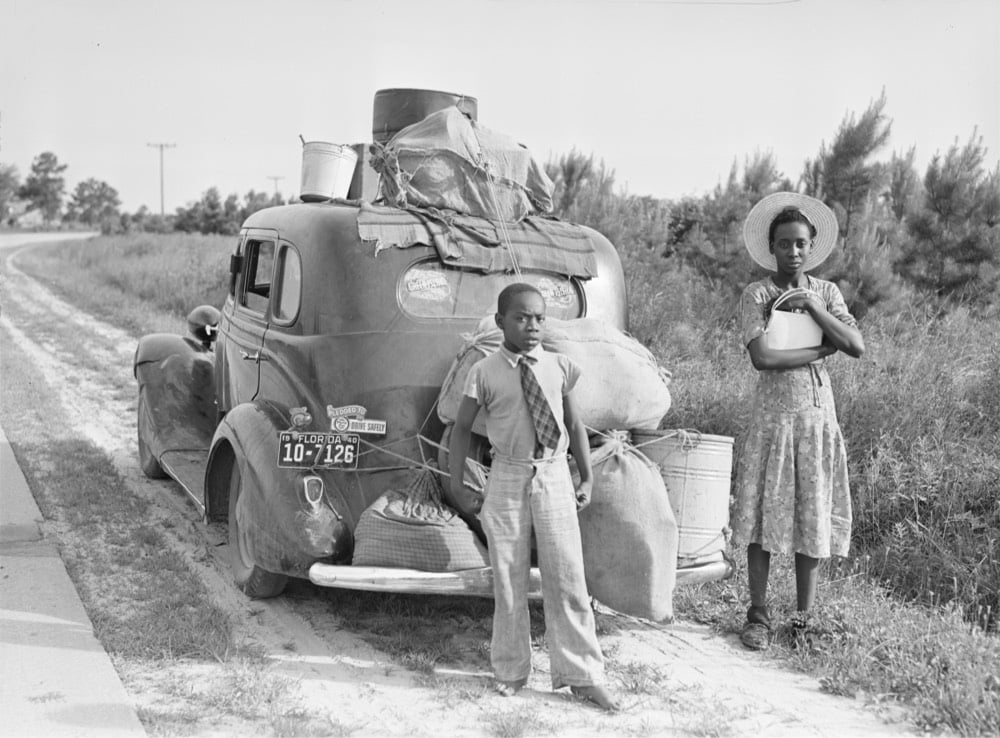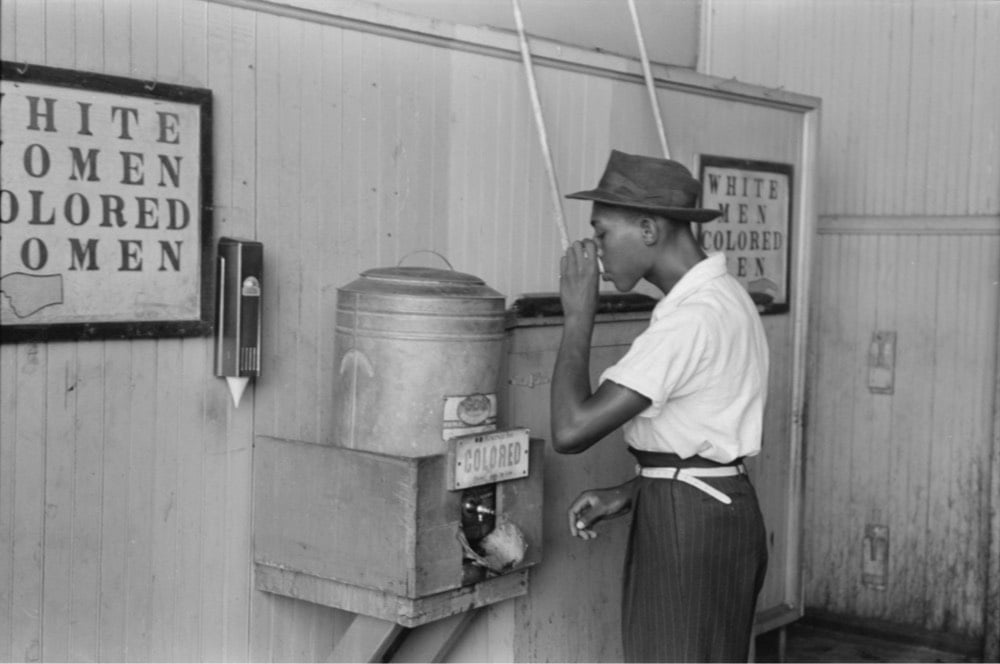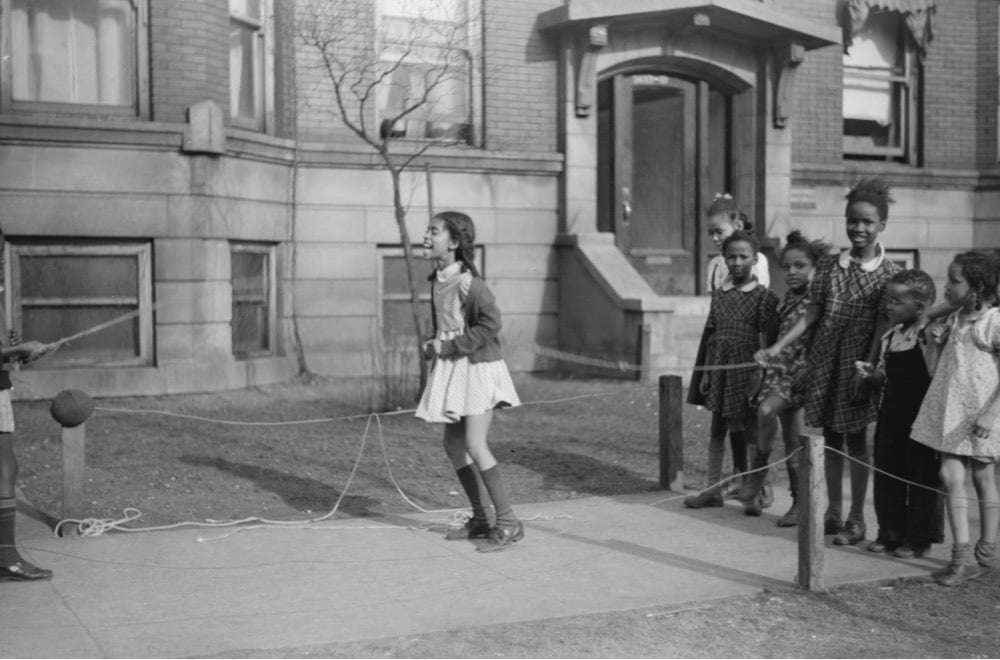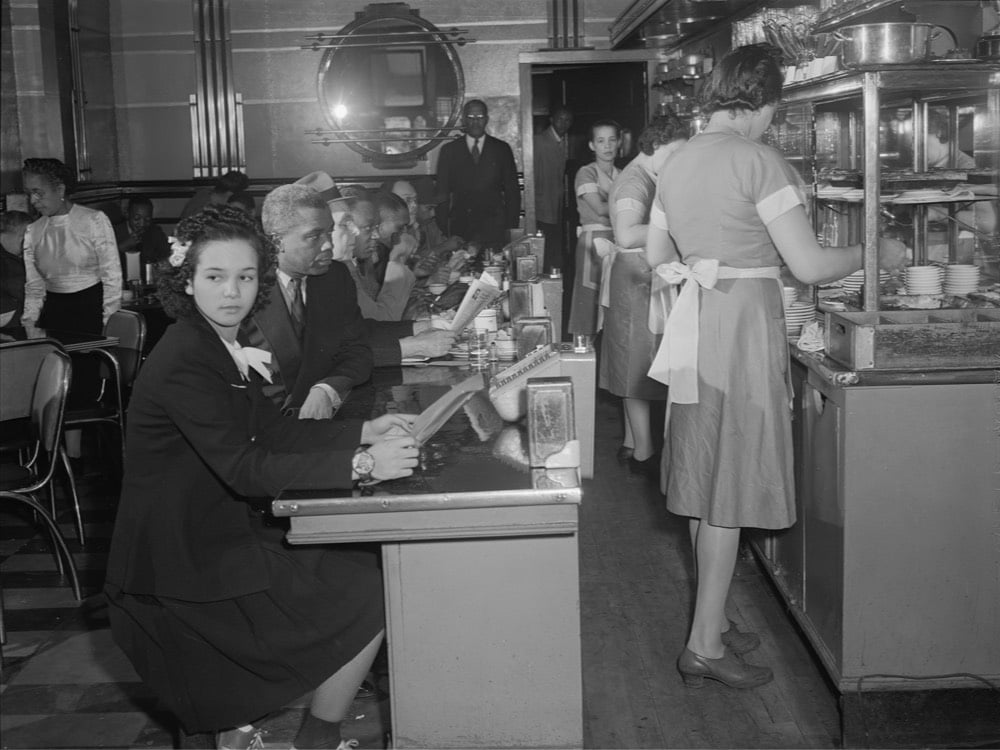Photos of the Great Migration




Librarians at the Library of Congress have created a new guide to finding photos of the Great Migration1 contained in their extensive collection. Here’s a blog post announcing the guide.
The “Searching for Images” page of the guide suggests search strategies for finding images related to the Great Migration. For example, when searching our online catalogs, researchers will be most successful when using keyword terms and subject headings that refer to specific places, people or events. I knew that “Black Belt” was sometimes used to describe the area on Chicago’s South Side that experienced a population boom during the Great Migration. Entering the keywords “black belt chicago” in the online catalog yielded a number of images of the area from April of 1941 from the Farm Security Administration / Office of War Information Collection.
I was just talking about the Great Migration with a friend last night. Neither of us had learned about it in school (not even college), even though it completely reshaped America in the 20th century. If you’re in a similar boat, I recommend starting with Isabel Wilkerson’s Pulitzer Prize-winning The Warmth of Other Suns. It’s impossible to understand contemporary American society without knowing the history of the Great Migration and Wilkerson’s book helped open my eyes to that. (via @john_overholt)
A refresher on what the Great Migration was from the LOC guide: “During the Great Migration, from about 1915 to 1970, millions of African Americans moved from southern, primarily rural areas of the United States to urban areas to the north and west. They sought better opportunities away from racial discrimination and violence in the South.”↩





Stay Connected